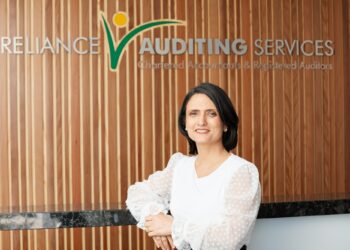This is crucial given that the trustee and member are typically the same people, which can give rise to conflicts of interest when critical financial decisions need to be made.
What is the SPT?
The SPT is not an actual test, but more a rule of thumb where the fund must be able to demonstrate that it meets one or more core purposes at all times. The fund can also meet an ancillary purpose, but only if it also meets one or more of the core purposes at the same time.
In broad terms, section 62 of the SIS requires that any or all of the following core purposes must be met to provide benefits to members:
- retirement
- reaching age 65
- death
Generally, where a current day benefit is provided to a member as a direct result of actively procuring that benefit, then s62 SIS will be breached.
The ancillary purposes, which must co-exist with one or more of the core purposes, are:
- Termination of employment
- Cessation of work due to ill health
- Death or reversionary benefits
- APRA-approved benefits
Remember, too, that SPT is concerned with how a trustee of an SMSF came to make an investment or undertake an activity which can vary from trustee to trustee.
Role of the SMSF auditor
The role of the SMSF auditor is to ensure that the fund complies with the SPT during the year being audited. All of the circumstances of the fund must be viewed by the SMSF auditor holistically and objectively to determine whether the SPT has been contravened.
The auditor will look for factors that would weigh in favour of a conclusion that an SMSF is not being maintained in accordance with s62, such as:
- The trustee negotiated for or sought out the benefit
- The benefit influenced the trustee to favour one course of action over another
- The benefit is provided by the SMSF to a member or another party at a cost to the SMSF
- There is a pattern of events that amounts to a material benefit being provided
Nevertheless, when an SMSF receives a benefit that is incidental, remote or significant, it does not necessarily result in the fund contravening the SPT. SMSFR 2008/2 deals with the application of the SPT where members receive benefits other than retirement, employment termination or death benefits.
Sole purpose test penalties
Failure to meet the SPT is one of the most serious contraventions as it goes to the very core of the superannuation legislation. Aside from the risk of a fund being made non-complying and losing its concessional tax treatment, penalties can be applied up to $10,800 per trustee.
The ATO has the discretion to freeze an SMSF’s assets where it appears the trustee’s conduct is likely to have a significant adverse effect on the SMSF, and they also have the power to disqualify trustees.
The court can also impose a sentence of five years’ imprisonment for individual trustees or longer for corporate trustees.
Voluntary disclosure or wind-up?
Other courses of action the trustee can take to rectify an SPT contravention is to engage early with the ATO through their voluntary disclosure service or decide to wind the fund up.
Where the trustee chooses voluntary disclosure, the ATO may continue to issue the SMSF with a notice of non-compliance and/or apply other compliance treatments.
Impact of Aussiegolfa case
The traditional approach to the SPT is seen in SMSFR 2008/2, which states that the SPT is a strict standard with exclusivity of purpose.
The outcome of the Aussiegolfa case, however, has provided a deviation from this strict interpretation of the law, in that the SPT is now an objective test and assessment based on the facts and circumstances of each case.
The ATO has acknowledged there are other factors giving rise to incidental advantages to members or other persons which would not, necessarily, give rise to a breach of the SPT. All circumstances and objective assessment of the decisions and actions of the trustee are relevant in determining whether the SPT is breached.
The ATO is still reviewing the impact of the decision across other related advice and guidance products.
Conclusion
The SPT represents only 8.3 per cent of all contraventions, which may indicate that SMSF auditors are either reticent to qualify funds on this basis or do not understand how to apply the SPT.
Given that loans to members account for 21.4 per cent of all contraventions and in-house assets account for 19.1 per cent, there is obviously scope for SMSF auditors to more carefully monitor the intentions of the trustees in light of all the circumstances of the fund.
There are many holistic factors to consider when applying the SPT to the operations of an SMSF. All the circumstances of the fund’s activities need to be reviewed, with closer scrutiny applying to the actions of the trustees to ensure regulatory compliance.
Shelley Banton, head of technical, ASF Audits


